Haiti is a Caribbean nation situated on the western side of Hispaniola, sharing its border with the Dominican Republic. The country is known for its rich cultural heritage, historical landmarks, and coastal attractions. Port-au-Prince serves as the capital and the main entry point for visitors. French and Haitian Creole are the official languages spoken throughout the country. The country experiences a tropical climate, making it suitable for travel throughout the year. The nation’s economy primarily depends on agriculture, trade, and tourism. Visitors can explore historical sites, natural wonders, and vibrant local markets.
Location
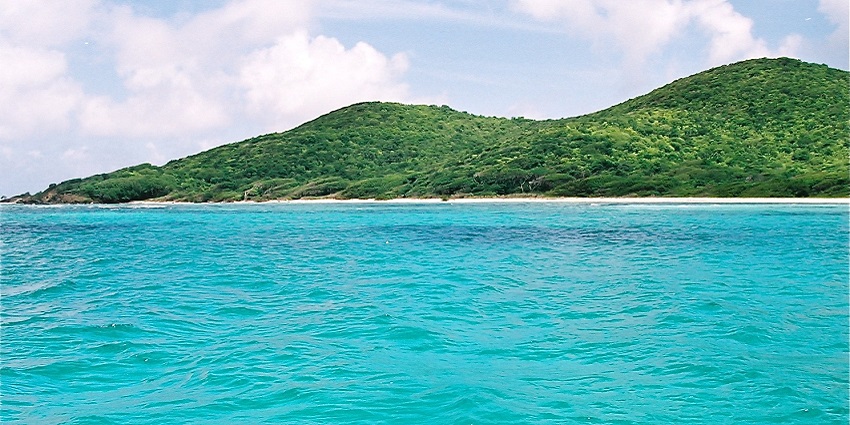
Photo: Patrick Nouhailler / Wikimedia Commons
Haiti lies in the Caribbean, spanning about 27,750 square kilometres. It shares Hispaniola Island with the Dominican Republic and is bordered by the Caribbean Sea and the North Atlantic Ocean. The nation features highlands, low-lying coastal regions, and productive valleys supporting agriculture. Key urban centres such as Port-au-Prince, Cap-Haïtien, and Les Cayes play vital roles in the country’s economy and culture. With proximity to Cuba and Jamaica, Haiti offers convenient travel routes for visitors exploring historical sites, natural attractions, and diverse local traditions.
How To Reach
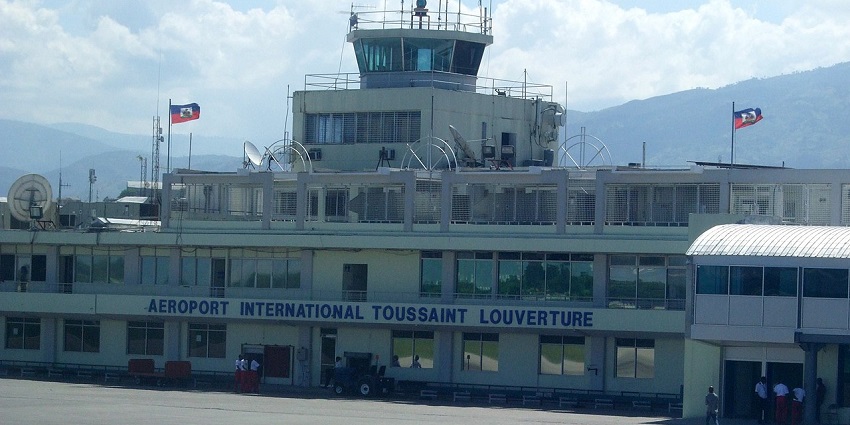
Photo: Didier Moïse / Wikimedia Commons
By Air: The country’s main international gateway is Toussaint Louverture International Airport in Port-au-Prince. Cap-Haïtien International Airport also serves international flights. Several airlines operate direct flights from North America, Europe, and the Caribbean.
By Bus: Cross-border bus services operate between the Dominican Republic and Haiti. Companies such as Caribe Tours offer direct routes from Santo Domingo to Port-au-Prince. The journey takes around six to eight hours.
By Train: There are no direct railway services available for travel to this country. The nearest rail networks operate within the Dominican Republic, requiring bus or car travel to cross the border.
By Taxi: Private taxis and shared transport services are available from the Dominican Republic to Haiti. These services offer flexible travel options for those crossing the border by road.
Things To Do
Discover the best things to do, offering a mix of historical, cultural, and natural attractions.
1. Take A Dip At The Bassin Bleu Waterfall
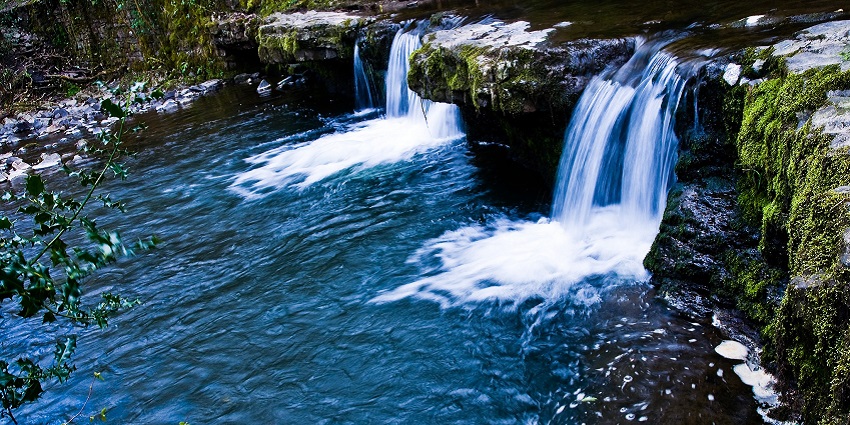
Photo: CC0 Domaine public / pxhere / Image For Representation Only
Bassin Bleu is a natural site near Jacmel, featuring crystal-clear pools and cascading waterfalls. Reaching the waterfall requires a scenic hike through lush vegetation, where visitors can appreciate the surrounding rock formations and local flora. The main attraction is the deep blue basin, ideal for swimming and cliff jumping. Local guides offer insights into the area’s history and ecology, making the experience both enjoyable and educational.
Major Attractions: Waterfalls, forested trails, swimming spots
Best Time To Visit: December to April
Ideal Trip Duration: Half a day
2. Tour The Historic Citadelle Laferrière

Photo: Alex Proimos / Wikimedia Commons
The Citadelle Laferrière, built in the early 19th century, stands as a symbol of Haitian resilience and architectural strength. This massive stone fortress, constructed to defend against potential invasions, remains one of the most well-preserved structures of its kind. A challenging but rewarding climb leads visitors to the site, where they can explore cannon-lined walls, underground chambers, and historic relics. The fortress offers a look into Haiti’s independence movement while providing a wide-reaching perspective of the surrounding valleys and countryside.
Major Attractions: Military architecture, historical exhibits, scenic viewpoints
Best Time To Visit: November to March
Ideal Trip Duration: Half a day
3. Explore Sans Souci Palace

Photo: Didier Moïse / Wikimedia Commons
Sans Souci Palace, once the grand residence of King Henri Christophe, remains a significant historical landmark in Milot. Though now in ruins, the site offers a glimpse into Haiti’s royal past through its weathered columns, crumbling staircases, and open courtyards. Visitors can explore the remnants of ballrooms and government halls while learning about the palace’s role in Haiti’s early independence.
Major Attractions: Historic ruins, architectural remains, guided historical tours
Best Time To Visit: December to May
Ideal Trip Duration: 1 – 2 hours
Places To Visit In Haiti
While exploring Haiti, consider visiting these attractions:
1. Cayes Botanical Garden—Cayes
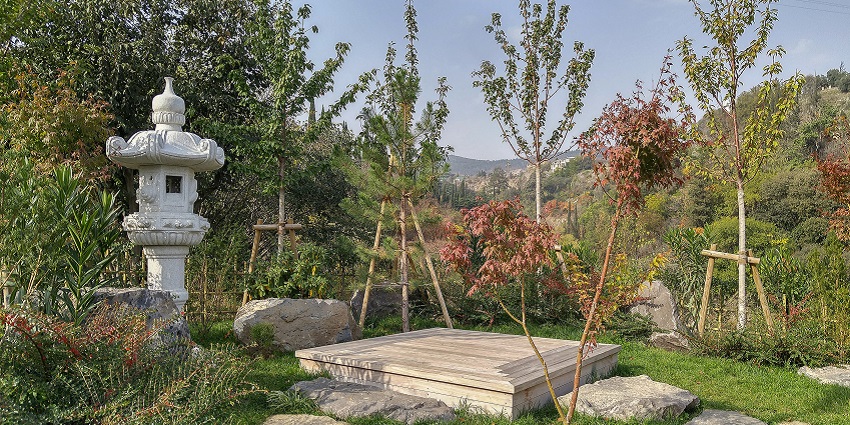
Photo: Mostafameraji / Wikimedia Commons / Image For Representation Only
The Cayes Botanical Garden presents a wide variety of plant species, including native flora and tropical greenery. Visitors can explore well-maintained pathways that lead through various themed sections, offering insight into the region’s biodiversity. Informative plaques provide details about the medicinal and cultural significance of different plants. Guided tours are available for those interested in learning more about conservation efforts and sustainable gardening practices.
Major Attractions: Native plant species, guided tours
Timings: 9 AM – 5 PM
Entry Fees: ₹150 / G228
2. Grotte Marie-Jeanne – Cayes
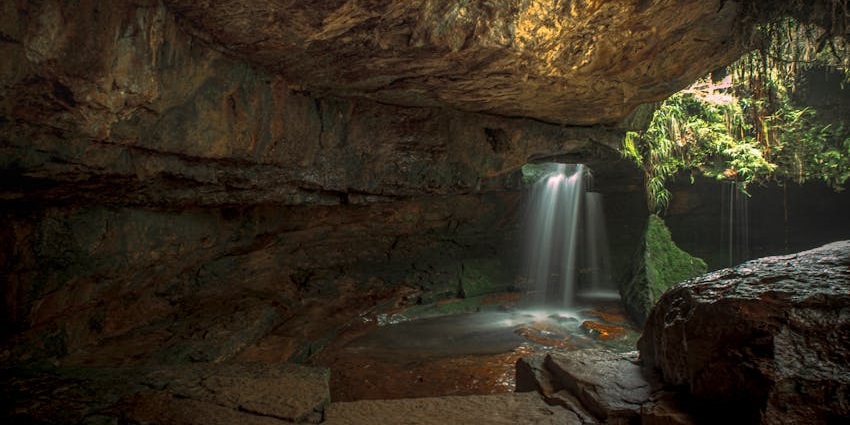
Photo: Nitesh Mehera / Pexels / Image For Representation Only
Grotte Marie-Jeanne is an expansive cave system with winding tunnels and dramatic rock formations. The limestone structures have been shaped over centuries, creating fascinating natural sculptures. Guided tours lead visitors through different sections of the cave, where they can see stalactites and underground chambers. Some areas require climbing, adding an adventurous element to the visit.
Major Attractions: Stalactites, cave tours, rock formations
Timings: 8 AM – 4:30 PM
Entry Fees: ₹196 / G300
3. Museum Of Haitian National Pantheon
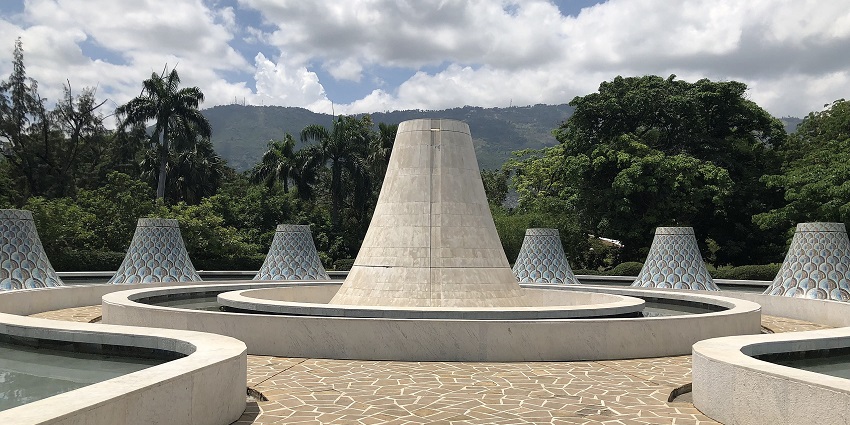
Photo: Bdx / Wikimedia Commons / Image For Representation Only
The Museum of Haitian National Pantheon (MUPANAH) preserves important artefacts from colonial period and independence movement. It contains relics, documents, and artwork that illustrate the struggles and triumphs of the nation. The museum’s exhibits highlight the contributions of key historical figures and provide visitors with a comprehensive look at country’s journey to sovereignty. Interactive displays and detailed descriptions make it an engaging experience for those interested in history and cultural heritage.
Major Attraction: Historical exhibits, cultural artifacts
Timings: 10 AM – 4 PM
Entry Fees: ₹200 or G305
4. Parc Historique De La Canne A Sucre – Tabarre

Photo: Panther / Wikimedia Commons / Image For Representation Only
Parc Historique de la Canne à Sucre provides an in-depth look into the country’s sugarcane industry through preserved artefacts and historical exhibits. The site features colonial-era buildings, old processing mills, and machinery that once played a crucial role in sugar production. Informative displays outline the industry’s contributions to the region’s economy and workforce. Visitors can walk through the well-maintained grounds, gaining insights into how sugar cultivation shaped trade and daily life.
Major Attractions: Sugarcane industry history, walking trails
Timings: 9:30 AM – 5:30 PM
Entry Fee: ₹163 / G250
5. Cormier Beach—Cap-Haïtien
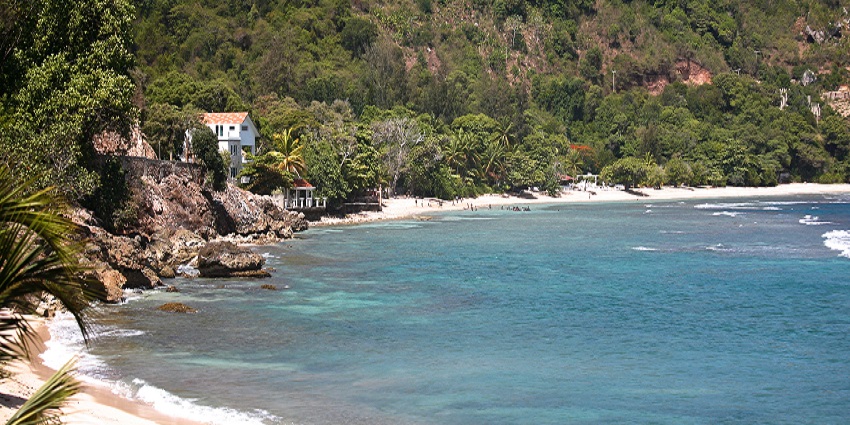
Photo: Alex Proimos / Wikimedia Commons / Image For Representation Only
Cormier Beach offers a peaceful coastal retreat where visitors can enjoy clear waters and soft sands. The shoreline provides an ideal space for sunbathing, swimming, and unwinding by the sea. Local eateries nearby serve freshly caught seafood, giving guests a chance to sample authentic flavours. The calm waves make it a great spot for those who prefer gentle water activities such as wading or casual snorkelling. Whether relaxing under the shade or enjoying a seaside meal, visitors can experience a refreshing break along the northern coast.
Major Attractions: Seaside views, water activities
Timings: Open all day
Entry Fees: N/A
Where To Stay

Photo: Max Vakhtbovycn / Pexels / Image For Representation Only
The country offers a range of accommodations, from budget-friendly lodgings to upscale hotels. Port-au-Prince and Cap-Haïtien provide the most options, with boutique inns, modern hotels, and guesthouses catering to different preferences. Many establishments include essential services such as on-site dining, transport assistance, and recreational facilities. Some hotels also feature cultural programs, allowing guests to engage with local customs and traditions. Whether choosing a luxury resort or a cosy guesthouse, travellers can find a comfortable place to stay that suits their needs.
Where To Eat

Photo: avlxyz / Wikimedia Commons / Image For Representation Only
Haitian cuisine brings together influences from African, French, and Caribbean traditions. Signature dishes include griot (fried pork), diri ak djon djon (black mushroom rice), and fresh seafood prepared with local spices. Restaurants in major cities serve both traditional meals and international options, catering to a variety of tastes. Street food vendors offer convenient and flavorful bites, such as patties and fritters, giving travellers a chance to try authentic local flavours. From casual spots to fine dining, Haiti’s food scene provides diverse culinary experiences.
Best Time To Visit
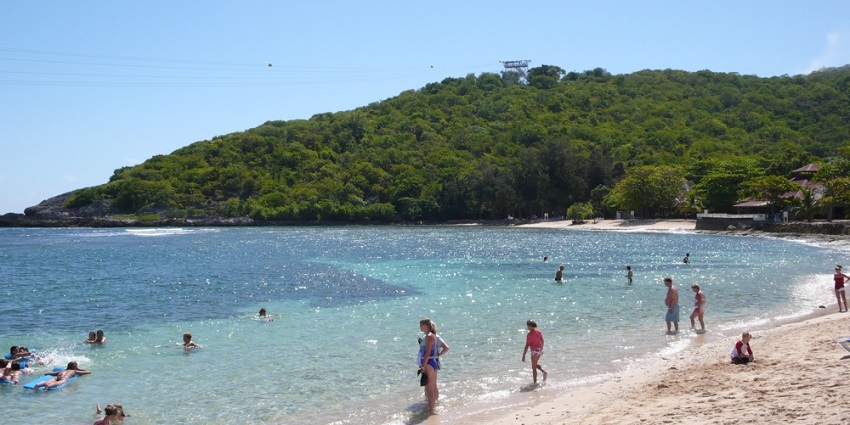
Photo: Holger Wulschlaeger / Pexels / Image For Representation Only
The most suitable time to explore the country is between November and April when the weather remains cooler and dry. These months provide pleasant conditions for outdoor activities, making sightseeing and excursions more enjoyable. This period also coincides with cultural festivals and events, allowing travellers to experience local traditions firsthand. Avoiding the hurricane season ensures a smoother trip with fewer weather-related disruptions.
Other Factors To Consider
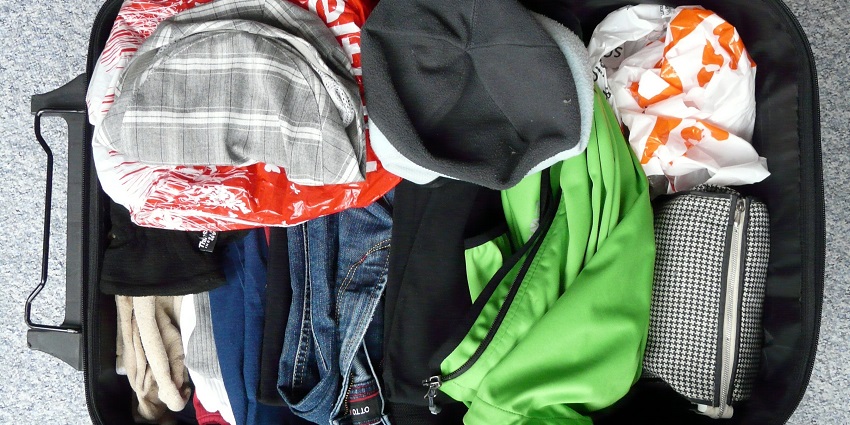
Photo: CC0 Public Domain / pxhere / Image For Representation Only
Average Cost Of The Trip
Travellers planning a mid-range trip should budget around ₹50,000 or G76326 per person for a week, which includes accommodation, food, and local transport. Costs vary based on location and lodging preferences, with premium hotels requiring a higher budget. Budget-conscious visitors can explore affordable guesthouses and local eateries, reducing expenses to approximately G35,000 or ₹22927. Public transportation and shared rides can further help in managing costs. Additional expenses may arise from guided tours, entry fees, and personal shopping choices.
Tips For Travellers
- Carry cash in Haitian gourdes or USD, as card payment options are limited.
- Respect local customs and dress modestly when visiting cultural sites.
- Use registered taxis for safer travel within cities.
- Stay hydrated and carry sun protection for outdoor activities.
Haiti presents a variety of attractions, including historical landmarks and natural sites. Travelers can visit centuries-old forts, vibrant marketplaces, and coastal areas rich in marine life. Cultural experiences include traditional music, local crafts, and Haitian cuisine, offering a glimpse into the nation’s heritage. Nature enthusiasts can discover waterfalls, caves, and lush valleys perfect for exploration. Plan a trip with TripXL for a well-organized and memorable trip.
Cover Photo: SpaceEconomist192 / Wikimedia Commons


 WhatsApp
WhatsApp
 Twitter
Twitter









